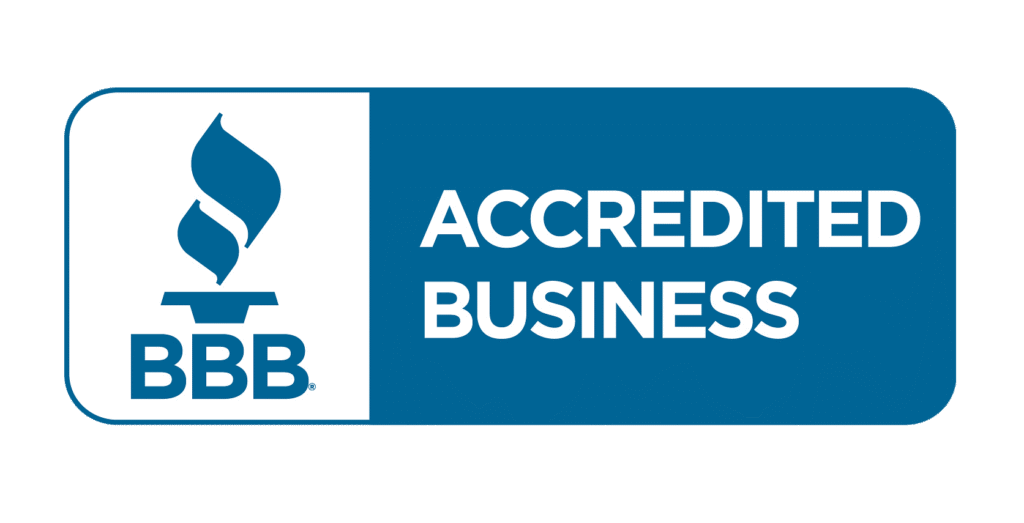Mold can be a significant concern for homeowners and businesses alike. Not only does it pose health risks, but it can also lead to structural damage if not addressed promptly. But how long does mold removal take when you decide to tackle this issue?
Understanding the mold remediation timeline is essential for anyone facing this issue. This article will look at the factors that affect how long mold removal takes. It will also explain the mold removal process and what to expect during cleanup.
Understanding Mold Remediation
Mold remediation refers to the comprehensive process of identifying, containing, and eliminating mold from an indoor environment. This mold remediation process explained goes beyond mere removal; it also involves addressing the underlying causes of mold growth, such as moisture and humidity levels. Effective remediation ensures that mold does not return, creating a healthier living or working environment.
Importance of Mold Remediation
Mold can create allergens and irritants. These can cause health problems, especially for people with breathing issues or weak immune systems. Additionally, mold can damage building materials, leading to costly repairs. Therefore, timely and effective mold remediation is crucial for maintaining both health and property integrity.
Factors Influencing Mold Removal Duration
The time it takes to complete mold remediation can vary widely based on several factors. Knowing these factors can help set realistic expectations for the process. It can also answer the common question: how long does mold remediation take?
Severity of the Infestation
The extent of the mold problem is one of the primary determinants of how long remediation will take. You can resolve minor mold issues in just a day or two, while extensive infestations can take a week or more to address. If you’re dealing with toxic growth, the black mold removal timeline tends to be on the longer end.
- Minor Infestations: Typically resolved within 1-2 days.
- Moderate Infestations: May take 3-5 days.
- Severe Infestations: Can extend to a week or longer, especially if structural repairs are necessary.
Size of the Affected Area
The size of the area impacted by mold also plays a significant role in determining the time to remove mold from house interiors. Larger spaces naturally require more time to assess, contain, and treat.
- Small Areas: A team can complete quick assessments and treatments in a day.
- Medium Areas: May take several days to ensure thorough remediation.
- Large areas may require extensive work, which will significantly extend the timeline.
Accessibility of the Mold
Mold located in hard-to-reach areas, such as behind walls or under floors, can complicate the remediation process. Accessing these areas often requires additional time for inspection and treatment.
- Easily Accessible Areas: We can achieve quick remediation.
- Difficult-to-Reach Areas: May require more time and effort, increasing overall duration of mold removal.
For example, how long does it take to remove mold from drywall will depend on the material’s saturation and whether removal or drying is needed.
Environmental Conditions
Humidity and temperature levels can significantly impact mold growth and the effectiveness of remediation efforts. High humidity can slow down drying processes, prolonging the time needed for complete removal.
- High Humidity: Slows drying and can extend the mold cleanup process.
- Low Humidity: Facilitates quicker drying and remediation.
The Mold Remediation Process
Understanding the steps in mold remediation can provide insight into how long the process may take. Here’s a simple breakdown of the usual stages. Experts trained in mold removal and timing often manage these.
Initial Assessment
The first step in mold remediation is a thorough assessment of the affected areas. Professionals will inspect the property to determine the extent of the mold growth and identify moisture sources.
- Duration: 1–2 days, depending on the size of the area and severity of the infestation.
- Activities: Visual inspections, moisture readings, air quality testing.
- Keyword tie-in: This is part of the mold inspection and removal time.
Containment
Once the assessment is complete, the next step is to contain the mold to prevent spores from spreading to unaffected areas. This often involves setting up physical barriers and using negative air pressure machines.
- Duration: Typically completed within a day.
- Activities: Sealing off affected areas with plastic sheeting and setting up air filtration systems.
Mold Removal
The actual mold removal process can vary significantly based on the severity of the infestation. This step may involve removing contaminated materials, applying antimicrobial treatments, and addressing moisture sources.
- Duration: 1–5 days, depending on the extent of the mold.
- Activities: Removing affected materials, cleaning surfaces, and treating with specialized solutions.
Cleaning and Sanitizing
After mold removal, the affected areas must be thoroughly cleaned and sanitized to eliminate any remaining spores. This step is crucial for preventing future mold growth.
- Duration: 1–2 days.
- Activities: Cleaning non-porous surfaces, disposing of porous materials, and using specialized equipment to sanitize the air.
Drying and Dehumidifying
Ensuring that the area is completely dry is essential to prevent mold from returning. This often involves using dehumidifiers and air movers to remove excess moisture.
- Duration: 1–3 days.
- Activities: Monitoring moisture levels and ensuring optimal drying conditions.
Restoration
If any materials were damaged during the mold removal process, restoration may be necessary. This can range from minor repairs to extensive renovations.
- Duration: Variable, depending on the extent of the damage.
- Activities: Repairing or replacing drywall, flooring, and other affected materials.
- Keyword fit: This step can impact how long for mold remediation to complete.
Safety Considerations During Mold Remediation
Safety is a paramount concern during mold remediation. Experts usually recommend that people leave the building while workers perform tasks, especially in those areas. Mold spores can become airborne during remediation, posing health risks.
Professional vs. DIY Mold Remediation
While some homeowners may consider tackling mold removal themselves, professional mold removal time is typically faster and more effective.
- Advantages of Professional Services:
- Expertise: Professionals have the knowledge and experience to identify and address mold issues effectively.
- Equipment: Specialized tools and techniques can ensure comprehensive mold removal.
- Efficiency: Professionals can often complete the process more quickly and safely than DIY efforts.
- Risks of DIY Remediation:
- Incomplete Removal: DIY methods may not effectively eliminate all mold spores, leading to regrowth.
- Health Risks: Without proper protective gear and containment measures, DIY remediation can pose health risks to homeowners.
Preventing Future Mold Growth
After remediation, it is crucial to implement measures to prevent mold from returning. This includes maintaining low humidity levels, ensuring proper ventilation, and conducting regular inspections.
- Humidity Control: Keeping indoor humidity levels below 50% is essential for preventing mold growth.
- Regular Inspections: Conducting regular inspections for signs of moisture or mold can help catch potential issues early.
Understanding the mold remediation timeline is essential for anyone facing a mold issue. Mold removal can take different amounts of time.
This depends on how bad the infestation is and the methods used. Getting help from professionals usually leads to a faster and better solution. Homeowners can keep their homes healthy by quickly dealing with mold. They should also take steps to prevent mold from growing again.
In summary, mold remediation is a critical process that requires careful planning and execution. By knowing the factors that affect mold removal and cleanup, people can prepare better for the process. This helps ensure a successful outcome.








